Is it real or is it photoshopped? The answer is yes. This increasingly common question regarding the “validity” of digital photographs, whether in a fine art gallery or on the cover of a tabloid magazine, clearly implies that digital image manipulation is dishonest. If it was photoshopped, it must not be real. The truth is that every online image and the vast majority of images in print are photoshopped, or processed with some sort of image editing software. And the vast majority of images online and in print are relatively accurate representations of the subject matter and not manipulated so as to be deceptive. In other words, most photoshopped images are real.
The importance of photographic accuracy varies with both context and subject matter. In the context of professional journalism and legal proceedings, great care must be taken to avoid misrepresentation. In the context of art, however, the importance of accuracy becomes less clear. Is the poet trying to write a clinical description or communicating an experience? In the realm of art, I believe, accuracy becomes less important than the artist’s vision and the viewer’s subjective response. So, it always surprises me a little when someone is concerned about the veracity of photographic art. Still, it begs the question about how real a photograph can be and much digital image manipulation is too much.
Interpreting Reality
Let’s start with what the camera actually “sees.” The sickly green images above are raw files before tone curves and color corrections have been applied. They’re green because most camera sensors are actually color blind and use an array of red, green, and blue (RGB) filters over alternating pixel sites to record the value of just one color at each pixel site. The pattern of filters is called a Bayer array and it has twice as many green pixels as either red or blue. This mimics the human eye which has more cones sensitive to green light than the other colors, an evolutionary artifact because of our past need to resolve detail better in the jungle than the sky. Click on the first image if you’re curious about what the camera actually sees. The first layer of processing demosaics the Bayer pattern by interpolating an RGB color for each pixel based on the value of the neighboring pixels. Because the Bayer array of filters is predominately green, the result is a predominately green image before any further processing.
The next layer of processing applies basic tone curves and color corrections using the camera or software default algorithms. When shooting JPEG, every digital camera, including the iPhone, uses the manufacturer’s algorithms to convert the raw sensor data into a usable image. The camera manufacturer’s algorithms apply their special sauce to the raw data to give a pleasing image. Each manufacturer has a different take on how to process the raw data. If you take the same picture with three different cameras, you’ll get three different looks, with variations in color, saturation, tone, and contrast. In other words, every digital image is “photoshopped”, or digitally manipulated to some degree. The two images above show the result of the default RAW processing and the finished in camera jpeg. While we’ve come a long way from the green glob, I would argue that neither image accurately represents the scene I remember.
When shooting jpeg, the camera manufacturer determines how to interpret the raw sensor data. In other words, the only creative acts of the photographer are in choosing the composition and exposure. While camera manufacturers make varying degrees of effort to achieve photometric accuracy when processing sensor data, they are also in the business of selling cameras. Cameras that produce more vibrant and lively images are likely to appeal to a wider audience and sell more. Higher end, professional cameras are certainly capable of very accurate color representation. But they can really only do so in the limited context of calibrated color and controlled lighting. A studio photographer shooting products needs the final image to look like the product. But with the variable, natural light of landscape photography, all bets are off. The generic camera processing algorithms just simply can’t account for every lighting situation. A skilled photographer will usually achieve a better interpretation of the sensor data than the camera manufacturer’s default algorithm.
So why did I drag you through the details of what goes on under the hood? I wanted to show that interpretation goes on at every step of the photographic process. There are multiple layers of processing to every image that include input from engineers, marketing departments, and one would hope photographers. Even film, before the days of digital, was not immune. I once visited a photography gallery that displayed the proud claim that all the images were captured on film, printed on photo-chemical paper without digital processing, and were therefore real. Never mind that the film and paper used were designed to maximize contrast and color saturation, something landscapists have been doing for decades. It’s just easier now. For me, the whole issue of interpreting raw image data comes down to two things, creativity and honesty.
Creativity and Honesty
A camera captures light and converts it into usable information, but is limited in it’s ability to so. The very best cameras and display technologies cannot duplicate the brilliance, detail, and depth that nature has to offer. They simply map a dynamic scene into the limited palette of the device. Through layers of processing, the data is interpreted to create the illusion of brilliance and depth. Just as a photographer might use converging lines in a composition to create the illusion of depth, they might also darken midtones so the brights look brighter. Another technique that creates the illusion of brilliance, say of a sunset, is to saturate the highlight colors while desaturating the darks. This mimics the human eye which is less sensitive to color information in dim light. All these techniques for making your photograph shine are digital image manipulation. But are they dishonest? I would argue that the tools in our digital arsenal actually make it possible to create images that are more real and more closely approximate the photographer’s experience.
Photography has long been the black sheep of the visual arts for the simple reason that it’s perceived to be a mechanical process. The limited participation of the artist, perceived to be largely confined to composition, gives the impression that all you have to do is be at the right place at the right time. I believe that the digital toolbox has turned this on its head, allowing for creative input from the photographer that rivals any other medium. The irony is that now there are claims of too much creativity. The power of digital image post processing has inserted the photographer’s creativity into the medium in an unprecedented way. This is a good thing, so long as there is no intent to deceive the viewer.
In the final analysis, each photographer must decide what the boundaries for image processing are for their own work and what relationship they want to have with their viewers. For my part, I welcome the digital tools at my disposal and use them to try to create for the viewer the experience of being present before nature’s wonders. All of my images are “photoshopped” or enhanced in some way over the camera manufacturer’s generic algorithm. I do this to be as true to the original experience as the medium will allow and to bring a slice of the outdoors inside. I also love the creativity it allows me to insert into the process of landscape photography. The image above is the final version of “Emerging Dawn“. Is it more or less real for having been processed by the artist’s hand? I’ll let you be the judge of that.
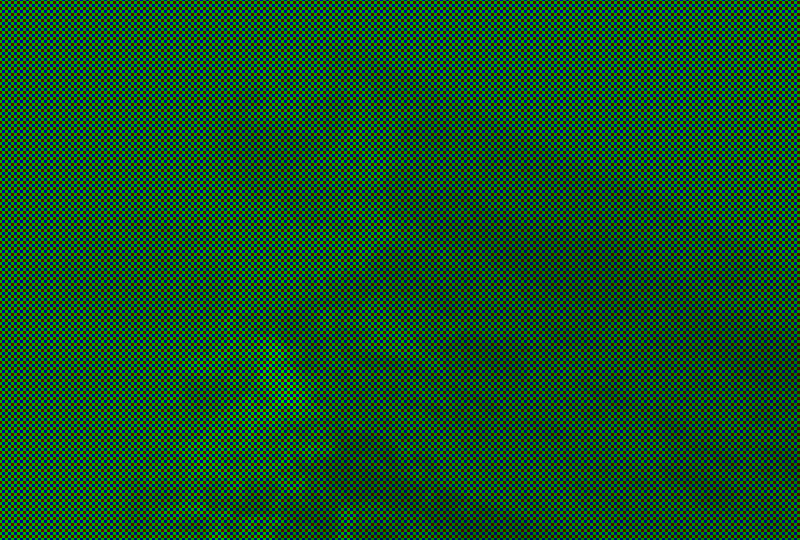
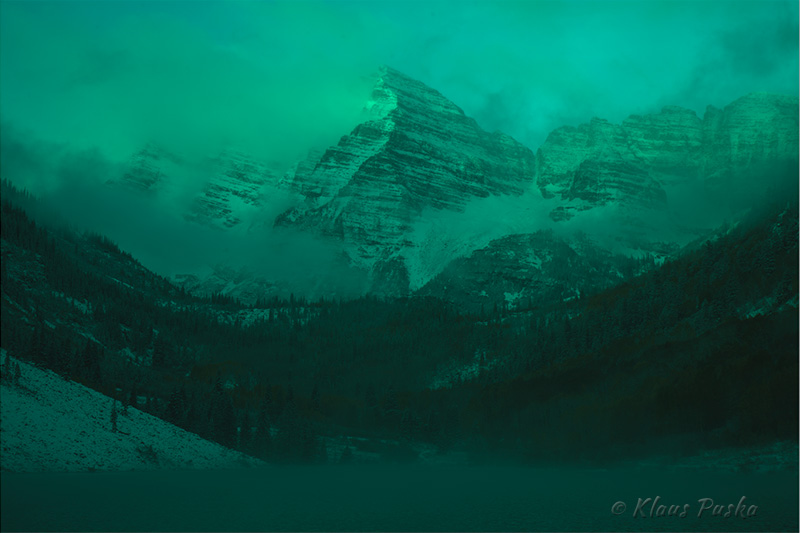
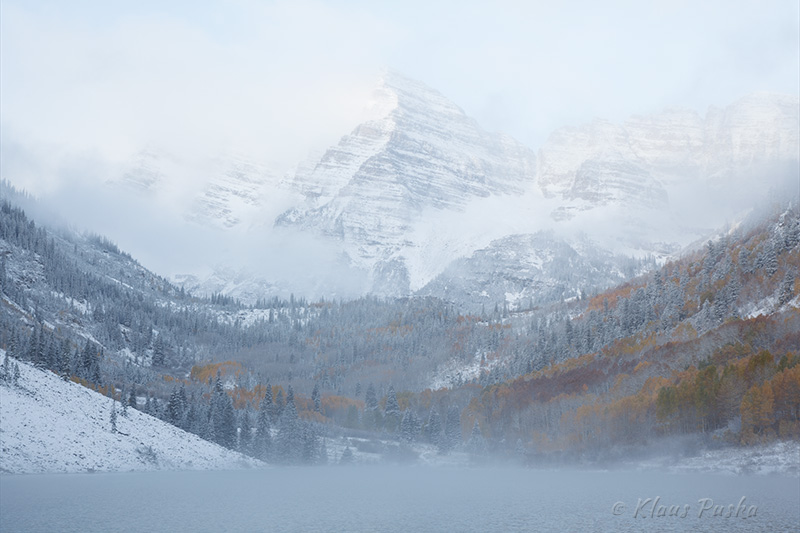

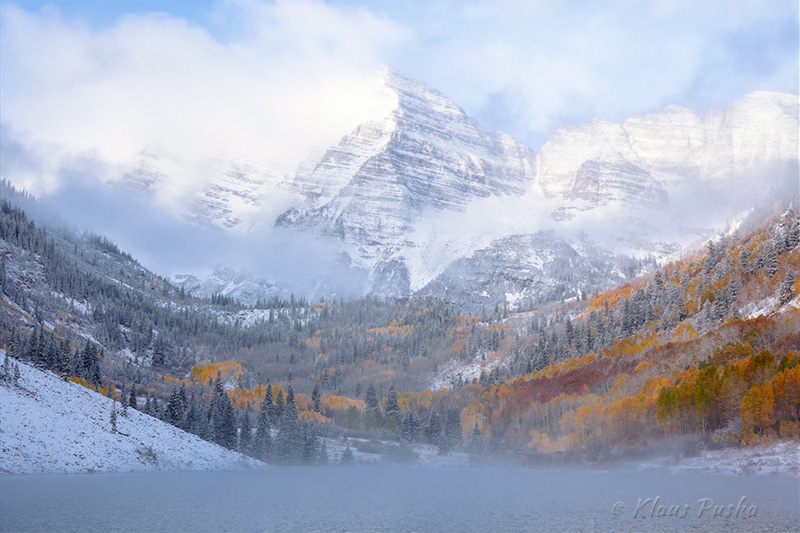
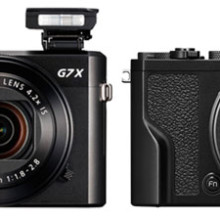
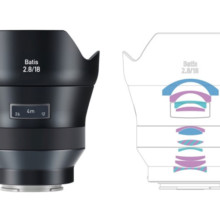
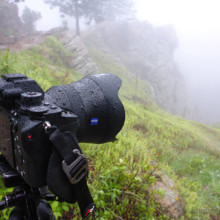
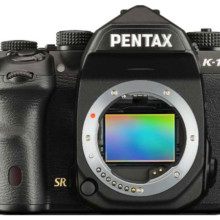
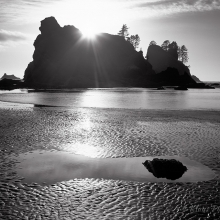
This is fascinating Klaus. I had no idea that the sensors were “color blind”. Very informative article, and I appreciate your perspective on creativity and honesty!
Photographers and organizations are split about the amount of image post processing that is acceptable without deceiving the viewer. For instance, National Geographic allows only cropping for some image submissions. They have journalistic standards to uphold and cannot risk publishing a deceptive image. On the other side, I’ve seen entries into photography contests that were barely recognizable as photographs, but could have been some sort of painted medium. So the question of how much is too much comes down to the individual relationship between the artist and the viewer.
No cotnmaipls on this end, simply a good piece.